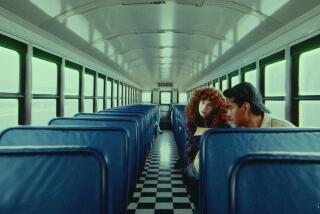PAUL R. WILLIAMS, ARCHITECT: A Legacy of...
PAUL R. WILLIAMS, ARCHITECT: A Legacy of Style by Karen E. Hudson, introduction by David Gebhard (Rizzoli: $50; 240 pp.) As a fledgling architect in the 1920s, Paul Williams learned to sketch houses upside-down because his clients--who later included Fanny Brice, Cary Grant, Lucille Ball, auto magnate E.L. Cord, and merely rich Angelenos--might have felt uncomfortable sitting next to an African American. In her affectionate, often astonishing tribute, his granddaughter reveals a man who struggled, proudly but silently, to surmount the handicap of race. He was born in 1894 to parents who had moved to Los Angeles from Tennessee and died while he was still a small child. At polytechnic school, an instructor tried to deter him--”Whoever heard of a Negro being an architect?”--but he was determined to prove he could. He studied, apprenticed and opened his own practice by designing a house that, today, would cost a million dollars--a parting commission from his last employer. In his 50-year career, he designed over 500 residential, commercial and public buildings--including the Theme Building at LAX, Saks Fifth Avenue on Wilshire, the first government-sponsored housing available to African Americans and the Los Angeles County Courthouse downtown. Hudson describes the writing of this book as a “treasure hunt” that was spurred by the response from satisfied owners, and a stay at the Beverly Hills Hotel, where Williams designed the Polo Lounge and signage. But, given the richness of the subject, her essay is tantalizingly brief, and most of the book is devoted to photographs and captions of Williams’ houses. They show him to be a master of style, from Tudor to moderne, and especially for graceful variations on the colonial tradition. Williams was as successful as many of his clients, but he never forgot--nor was allowed to forget--his color.
More to Read
The biggest entertainment stories
Get our big stories about Hollywood, film, television, music, arts, culture and more right in your inbox as soon as they publish.
You may occasionally receive promotional content from the Los Angeles Times.






